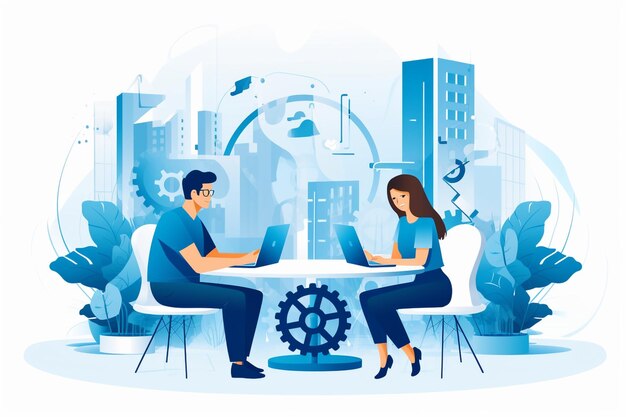Salesforce consultant in India roles are becoming increasingly important as businesses accelerate their digital transformation journey. Organizations across sectors are adopting cloud-based CRM platforms to improve customer experience, automate workflows, and make smarter data-driven decisions. As a result, the demand for Salesforce consulting in India, along with skilled Salesforce developers in India and experienced Salesforce consulting partners in India, continues to grow rapidly.
Why Salesforce Consulting in India Matters Now
Digital transformation isn’t a “maybe” anymore—it’s a must. Companies have to move to the cloud, automate wherever they can, and give customers more tailored experiences. That’s where Salesforce consultants step in and really make a difference.
What do they actually do? They dig into how customers behave, smooth out sales and service workflows, set up automation, plug in real-time analytics, and help businesses work smarter without blowing up costs. Salesforce comes packed with powerful CRM and AI tools, but making it really work takes someone who knows the platform inside out.
How Salesforce Consultants in India Make It Happen
These consultants know Salesforce, and they get what Indian companies need. They don’t just set up software—they build solutions that fit a company’s goals and the reality of the Indian market.
Here’s what they bring to the table:
Customizing CRM for Indian Businesses
No two industries are the same. Consultants look at how a company runs and tweak Salesforce features so they actually solve the right problems.
Smooth Salesforce Implementation
Rolling out Salesforce isn’t just about flipping a switch. It takes planning, tech know-how, and guiding people through change. That’s why having a local partner matters.
Training Teams for Real Results
It’s not enough to install CRM software. Consultants train sales, marketing, and support teams so everyone knows how to use it—and actually wants to.
The Surge in Demand for Salesforce Developers in India
You can’t talk digital transformation without skilled developers. Salesforce developers in India build custom apps, integrations, and automations that take the CRM to the next level.
What do they handle? Building custom objects, designing Lightning components, hooking Salesforce up to ERP and HRMS systems, writing automation scripts, and making sure everything runs smoothly and securely. Their technical chops are a big reason why global companies keep hiring from India.
Why Indian Salesforce Partners Are Leading the Charge
India isn’t just another outsourcing destination. It’s become a global hotspot for Salesforce talent. Indian Salesforce partners help companies scale up fast, offering:
High-quality CRM expertise at a solid value
Serious technical skills
Smart, AI-driven solutions
Deep knowledge across industries
Plus, they actually understand the unique challenges that both new and established Indian businesses face. That kind of insight? You can’t fake it.
Wrapping Up
Cloud tech and automation are flipping the script for businesses all over India. Right now, Salesforce partners sit at the heart of this transformation. With the help of consultants and developers here, companies can innovate, stay ahead of the competition, and build real connections with their customers—now and in the future.




